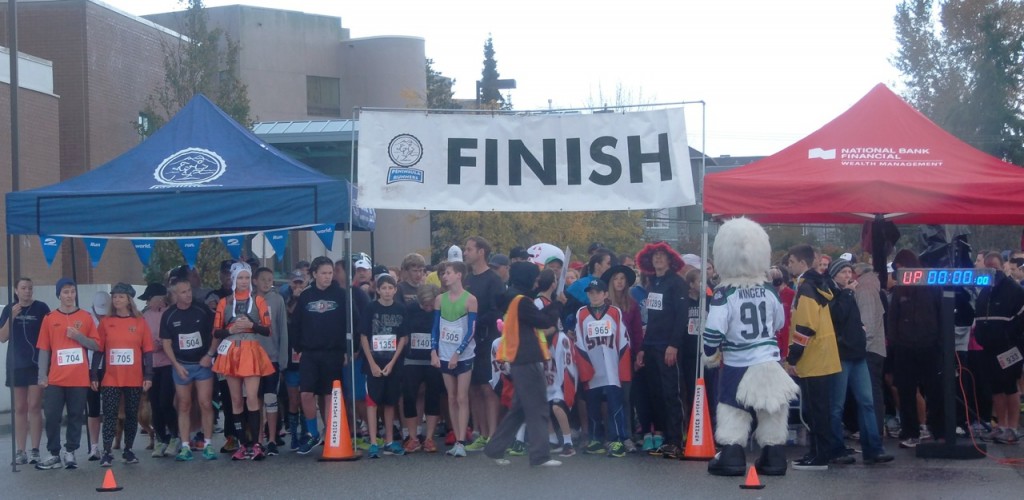
There are many responsibilities that come with being a dog owner and one of the most important is training. Whether you get an eight-week-old puppy from a breeder or adopt an older dog from a shelter, training is a necessity. Dog training covers a wide array of behaviours, from simple obedience to complicated tricks, and even canine sports.
There are several methods dog trainers use to help owners communicate better with their dogs. One of the most popular is called positive reinforcement.
“Positive reinforcement sounds fancy or intimidating, but it’s just about rewarding your dog, whether with food or a toy, for performing a task,” said Kevin Moriarty, a veteran dog trainer from East Longmeadow, Massachusetts. That task can be something as easy as “sit,” or more complicated, like not jumping on guests when they enter your home.
Kristal Proulx is a force-free dog trainer with a degree in animal science, from Toronto. Proulx believes that the key to having a great pet is through communication, rather than control. “Using management to help dogs make the right decisions, and rewarding them for those decisions, means they’re more likely to repeat them in the future,” she said. “I don’t believe there’s any place for force or intimidation in dog training.”
Force and intimidation are two tactics used in another popular method of dog training, called dominance theory, a practice commonly used by self-proclaimed “dog whisperer” Cesar Millan. “The origin of the term comes from studies done in the 1950s on captive, unrelated wolves sharing an enclosure,” explained Proulx. “The old studies describe constant fighting between individuals within the enclosure, and it was thought that the fighting was an attempt to maintain a hierarchy within the pack.”
Proulx explained that, in reality, wolf packs are made up of family units not unrelated individuals. The aggression that researchers witnessed was not an attempt to establish dominance, but was a form of “ritualized aggression,” where the wolves test their strength but do not actually harm each other. “However,” she said, “even if wolf packs did show a linear hierarchy that was held together through violent confrontations, dominance theory still wouldn’t be applicable to dog training.”
There are several reasons why dominance theory is ineffective, according to Proulx. The main reason is that dogs are not wolves, even though they share an ancestry. “Very few feral populations show true packing behaviour,” she said.
Which leads to the second reason dominance theory don’t work: Dogs know that humans are not dogs. “Humans don’t behave like dogs, and we’re very poor mimics,” she said. “We ask dogs to perform behaviours a dog would never ask of another dog, like walking in heel position with prolonged eye contact.” Dominance theory, according to Proulx, is often associated with being more “natural,” but it is natural dog behaviours that humans are often trying to eliminate, such as biting or chasing the family cat. “So it’s really kind of counter-intuitive,” she said.
Positive reinforcement is also important in canine sports. Sal Evans is a dog trainer and competitor from Regina, Sask., who participates in several dog sports such as flyball, rally-obedience (also commonly referred to as “rally-o”), and agility. “I got my first clicker 16 years ago and really haven’t looked back,” he said. Clickers play a very big role in positive reinforcement, as they allow the handler to mark the desired behaviour performed by the dog with a unique sound.
“Positive reinforcement has really taken off here,” Evans said. “I’d say about half of the [agility] clubs are positive reinforcement only, and most of the clubs that aren’t at least have a few [positive reinforcement] instructors.”
According to Evans, if you’re going to compete in a fast-paced sport such as agility, then positive reinforcement is “hands down” your best bet, as handlers get the best results easily. “Handlers learn how to train quicker and the dogs pick up on the training quicker,” he said. He also notes that when speed is the name of the game, you can’t have a dog that second-guesses him or herself, a common side effect of using non-positive reinforcement methods.
“Traditional, or even balanced training, tends to create a dog that is concerned about not making a mistake – which gets it punished – so they check their speed,” he said.
“I always recommend people seek out a positive reinforcement-based trainer when they welcome a new dog into their home,” Moriarty said, “even if you’re not looking for your dog to wow you with fancy tricks. Training goes beyond that, it’s the foundation of being able to cohabitate peacefully and happily with your dog.”




